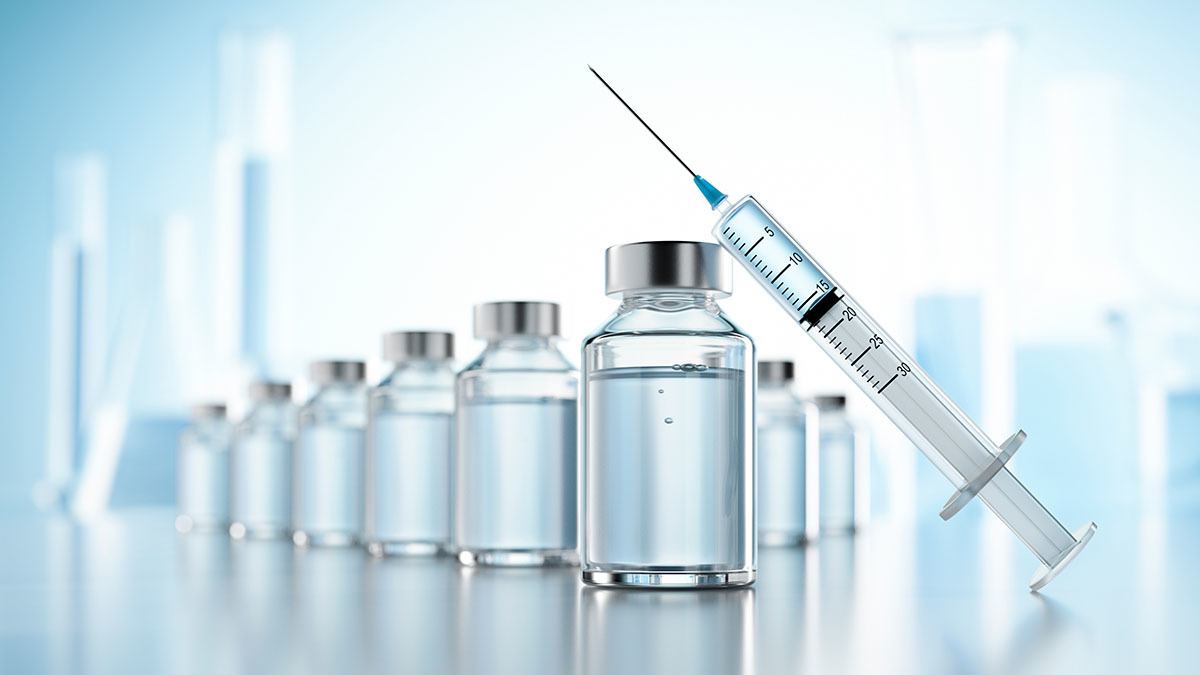USP Inorganic Leachables Identification Testing
In the pharmaceutical industry, ensuring the safety and quality of drug products is paramount. The United States Pharmacopeia (USP) provides a comprehensive set of standards for this purpose. One critical aspect of USP compliance involves the identification and quantification of inorganic leachables from packaging materials, containers, and closures used in drug delivery systems. This testing ensures that contaminants do not migrate into the product during storage or handling.
The USP Inorganic Leachables Identification Testing is a rigorous process designed to identify potential inorganic compounds that could leach out of packaging materials into the pharmaceutical product. These tests are essential for ensuring drug product integrity and patient safety. The testing involves multiple steps, including sample preparation, extraction methods, analysis using advanced instrumentation such as Inductively Coupled Plasma Mass Spectrometry (ICP-MS) or Atomic Absorption Spectroscopy (AAS), and subsequent identification of the leachates.
The USP 231 General Chapter outlines specific methodologies for this testing. It requires a comprehensive approach that includes the selection of appropriate extraction solvents, incubation conditions, and analytical techniques to ensure accurate results. The goal is not only to identify the inorganic compounds present but also to determine their concentration levels within specified limits set by regulatory authorities.
| Extraction Method | Solvent | Purpose |
|---|---|---|
| Simulated Use Condition (SUC) Extraction | Water or Simulated Body Fluids | To mimic real-world conditions during storage and handling. |
| Aqueous Acetate Buffer | pH 4.0 | To test for acidic leachables that may affect drug stability. |
The results of the USP Inorganic Leachables Identification Testing are reported according to the specified acceptance criteria in USP General Chapter 231. This includes a list of identified compounds along with their concentrations, any exceedances of regulatory limits, and recommendations for further action if necessary.
| Inorganic Compound | Acceptable Limit (µg/g) |
|---|---|
| Copper | 10 µg/g |
| Zinc | 20 µg/g |
| Selenium | 3 µg/g |
Why It Matters
The importance of USP Inorganic Leachables Identification Testing cannot be overstated. Regulatory bodies like the FDA and EMA require pharmaceutical companies to demonstrate compliance with these standards as part of their quality assurance processes. Failure to adhere can lead to product recalls, legal action, and damage to brand reputation.
- Ensures patient safety by preventing contamination of drug products.
- Meets regulatory requirements set forth by USP and other global standards organizations.
- Aids in maintaining the integrity of drug delivery systems throughout their lifecycle.
- Supports R&D efforts aimed at improving formulation stability and efficacy.
Benefits
- Reduces risk of adverse effects due to leachable inorganic compounds.
- Promotes trust between pharmaceutical companies and regulatory agencies.
- Enhances overall product quality, leading to more reliable drug performance.
- Aids in identifying potential issues early in the development process.
Industry Applications
This testing is applicable across various sectors within the pharmaceutical industry:
| Sector | Description |
|---|---|
| Generic Drug Manufacturers | To ensure compliance with USP standards for generic products. |
| Biopharmaceutical Companies | To validate the safety of biologics and biosimilars. |
- Pharmacy Chains
- Distributor Networks





